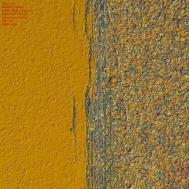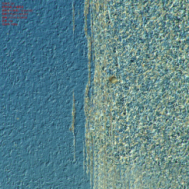Metallography mainly refers to the branch of materials science that uses microscopes and other equipment to analyze, study, and characterize the microstructure, low-magnification structure, and fracture structure of materials. It mainly reflects and characterizes the phases and structures, grains, non-metallic inclusions, and The number, morphology, size, distribution, orientation, spatial arrangement, etc. of crystal defects.
In view of the physical properties of metallographic samples, metallographic microscopes generally have four common observation methods: bright field, dark field, polarization, and differential interference. The latest method in the past ten years has been the laser confocal method.
As an important instrument for metallographic analysis, the optical metallographic microscope consists of an optical system, an illumination system, a mechanical system, and a photography system. Usually, its maximum resolution is 0.2um.
The following is a brief introduction to the observation mode of an optical metallographic microscope.
1 Bright Field
The most basic observation method in metallographic research is to illuminate the field of view with uniform light and observe the sample with reflected or transmitted light. The image is clear and flat, and can actually display various tissues, but it lacks three-dimensionality.
2 Dark Field
By irradiating the surface of the sample with scattered light and reflected light, it appears dark on the flat surface and causes diffuse reflection of light on the uneven areas to appear bright. The resolution of dark field observation is much higher than that of bright field, and it is suitable for identifying extremely fine scratches and the inherent color of non-metallic inclusions.
3 MIX
At the same time, the brightfield/darkfield observation method is used. This method adjusts the light intensity or direction by using the darkfield light source during the brightfield observation so that scratches or defects on the sample surface can be observed.
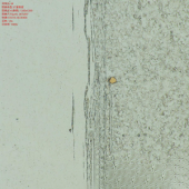
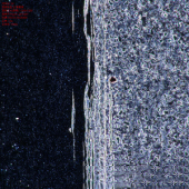
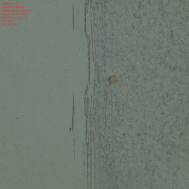
4 Tilt
Observe samples under limited illumination by blocking part of the brightfield illumination. This observation method is suitable for observing samples with high contrast compared to brightfield where the sample is illuminated from all directions.
5 Polarization Contrast
Polarized light is used to make isotropic metals disappear, and anisotropic metals show different contrasts of light and dark. Polarized light can identify non-metallic inclusions; it can display the structure and grains of metals and alloys that are difficult to etch; at the same time, it can also determine the preferred orientation of a large number of plastically deformed metals.
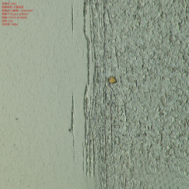
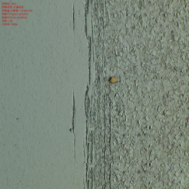
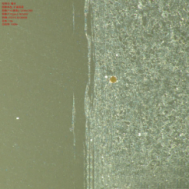
6 Differential Interference Contrast
Differential interference uses the principle of polarized interference to form interference images. The biggest feature of differential interference field of view is that no etching is required. Compared with the polarized field of view, the image appears three-dimensional and has more obvious contrast. It is helpful to improve the accuracy of quantitative work and add more details. In addition, the addition of λ-film allows for color metallographic photography.
